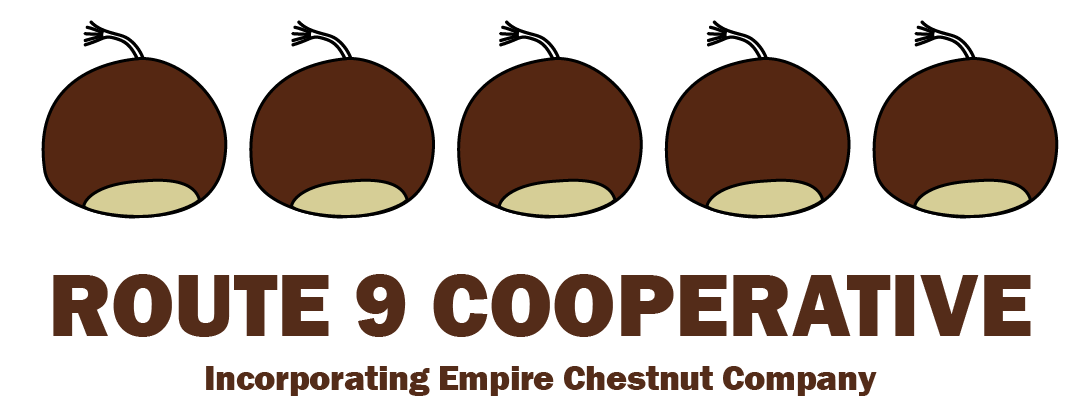Your cart is currently empty!
Wildlife & Food Plots
Chestnuts and chinkapins are a premier wildlife food – especially sought by deer, squirrels, chipmunks, and wild turkeys. This is a problem for the chestnut grower, but good for those who want to attract or feed wild animals. Since chestnuts are so sought after, they get quickly eaten as soon as they ripen, and therefore, are not available as a food source in late fall or winter. The chestnuts which will grow in eastern USA ripen from early September through mid-October; none hold their nuts until late October or November. To be productive for wildlife, chestnuts must be planted on well-drained soil in full sun. The trees may survive in partial shade, but shaded trees will produce few nuts. For deer, the best thing to plant is Chinese chestnuts, mainly because Chinese chestnuts are the most tolerant of various soils and are robust growers. Turkeys like smaller nuts, so for them it is best to plant chinkapins or our wildlife hybrids. The wildlife hybrids are more robust growers and less susceptible to blight than chinkapins. For food plots, chestnut trees should be planted 15 to 30 ft apart. As the trees grow and crowd each other, it may be beneficial to remove the less productive trees.
